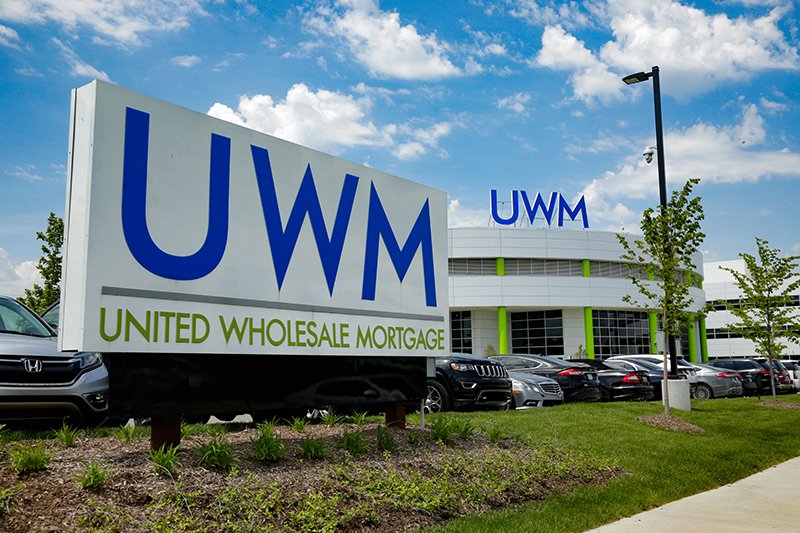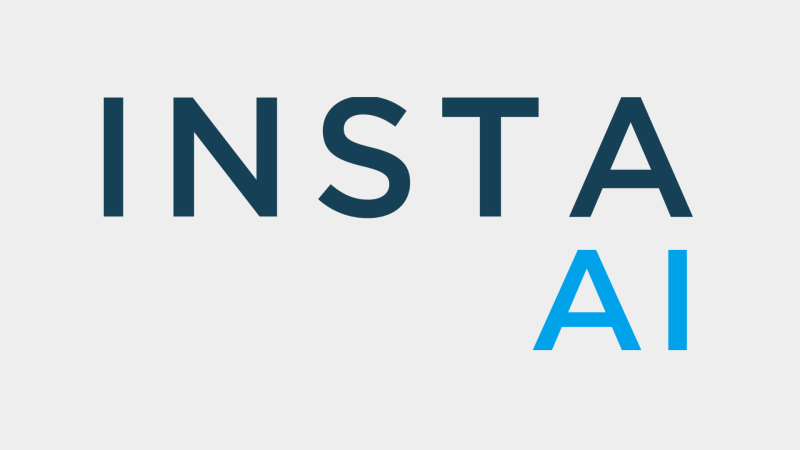Advertisement
Branding in Today’s Purchase World

In today’s competitive market, brokers and bankers are exploring many alternatives to branding themselves as the lender of choice. Whether you are marketing to a potential customer or a partner such as a real estate agent, you must think about how you can brand yourself as the lender that they go to meet their needs.
The American Marketing Association (AMA) defines a brand as a “name, term, sign, symbol or design or a combination of them, intended to identify the goods and services of one seller or group of sellers and to differentiate them from those of competition.”
The AMA considers a brand more like a set of mental associations held by the consumer that add to the perceived value of a product or service.
It is important to distinguish between brand identity (how the organization sees itself) and brand image (how others, most importantly consumers, see the brand or organization). Brand identity answers the question, who are we? Brand image answers the question, who do people think we are?
A brand image is etched into the minds of consumers by the experiences consumers have with the products and services a company offers. The experiences a customer or partner has with the mortgage company can also build special meaning into the brand over time.
For example, if the term “River Town Mortgage” is viewed as a successful brand, consumers will immediately recognize it and associate certain characteristics with it, allowing them to simplify their decision making process when it comes to selecting a financial institution.
Your brand resides within the hearts and minds of your customers and your prospects. It is the total of their experiences and perceptions. Some of these you can influence and some you can’t. Effective branding can lead to strong customer loyalty. A strong brand is invaluable as the battle for customers intensifies day by day in the mortgage world. It's important to spend time investing in research, defining and building your brand. Your brand is a promise to your consumer and your partner. It is a foundational element in your communication.
Deepen your brand by becoming a correspondent lender
How exactly can you deepen your brand? One solution many mortgage brokers are seeking today is to become a correspondent lender. While there are most definitely risks involved in becoming a correspondent lender, as there are in any business, the benefits may out weigh the risks:
►Disclosures: As a correspondent lender, whether it is as a mini-correspondent or a full-correspondent lender, you are responsible for disclosures and able to disclose in your own name.
►Appraisals: Correspondent lenders must meet all Appraiser Independence Requirements (AIR). However, as a correspondent you are able to order and deliver the appraisal in your name.
►Timing: By being more in control of the process you may now have more control over when your appraisal is ordered, when disclosures are sent out and more importantly, when docs and funding take place.
Mini-correspondent is another option for deepening your brand
When considering the option of making the move from mortgage broker to mortgage banker, let’s examine the mini-correspondent channel. This channel is not a new option, but is becoming more prevalent in today’s lending world. Here are the primary differences between the wholesale and the mini-correspondent channel:
►Origination: The correspondent loan is originated the same as a wholesale loan.
►Early disclosures: The correspondent is in control of timing for early as they are the lender or ‘creditor’ on the transaction. In addition, the correspondent is responsible for all federal and state disclosures and compliance with regulatory requirements as the lender or creditor on the transaction.
►GFE disclosure: The disclosure of yield spread premium (YSP) and compensation paid to the correspondent company through the purchase of the loan on the secondary market is not required. A secondary market transaction is when the investor purchases the loan post closing or after settlement. On wholesale transactions, all compensation that is passed through the settlement agent at the time of closing or settlement from borrower or lender must be disclosed on the HUD-1, which requires the same disclosure on the GFE.
►AIR requirements: Mini-correspondent clients must follow the AIR policy to comply with industry requirements, which requires the use of their own AMC and process.
►Submission: The loans are submitted (non-delegated) the same as a wholesale loan.
►Underwriting: Mini-correspondent loans are underwritten by the investor prior to closing, much like a wholesale loan.
►Clear to close: Once conditions are met and the loan is clear to close the correspondent will handle the closing and funding of the transaction.
Ordering docs
Once the loan is clear to close, the mini-correspondent orders loan documents from their doc provider. Most mini-correspondent clients will use a fulfillment service that completes this task for them. Many warehouse banks will provide or partner with fulfillment companies to handle this service for the mini-correspondent banker. Some warehouse banks may require a specific fulfillment service. Fulfillment service is a great option for many correspondent clients because it eliminates the need for additional staffing and may reduce liability. In some cases, the Investor may draw closing documents for a mini-correspondent client.
►Funding: The loan is funded through the warehouse line and the loan is charged an interest rate, which may be offset by interest that the mini-correspondent earns on the loan.
►Purchase review: Once the loan funds, the mini-correspondent ships the loan to the end investor for purchase review.
►Outstanding conditions: If items are outstanding, a STIP sheet or purchase condition sheet will be sent to the mini-correspondent client to fulfill the outstanding items.
There really aren’t a lot of differences in terms of file flow between the wholesale and the mini-correspondent channel. Below illustrates the flow of the mini-correspondent loan.
Branding and marketing plans work hand in hand
Every company—no matter its size—should have a marketing plan. A marketing plan defines your targets and focuses your vision and mission.
Step one: Set yourself apart
Why should people buy from you instead of another mortgage lender? Your goal is to own a position in the customer's mind so they think of you differently from the competition. This is actually a core principle of branding: differentiation. The more unique you are, the less competition you will have.
As Seth Godin, marketing guru and author of The Purple Cow, says, “The most successful companies today are the ones that are finding a niche and serving it.” That certainly applies to mortgage lending. When it comes to branding, size doesn’t matter: niches do. What niches are you serving? Is it VA, USDA, jumbo products or purchase business? As a small mortgage company, you can’t be all things to all people. But you can identify your niche.
►Old homes niche: Do you know a neighborhood full of large, beautiful old homes? Become an expert in Energy Efficient Mortgages and partner with local real estate agents to sell those homes fast. Research shows that younger buyers think that energy efficiency is very important in their home purchase decision.
►The remodeling niche: Do you know an area with lots of foreclosed properties? Become an expert in 203(k) Streamline loans and help buyers turn those run-down homes into their dream homes. Give a “Lunch & Learn” presentation at realtors’ offices to educate them about the uses and benefits of these loans.
►The retirement purchase niche: Live in an area with an older population? Become an expert in reverse mortgages and help retirees buy a home with a reverse mortgage. More than 10,000 people turn 62 every day, so the market opportunity is HUGE.
Step two: Know your target customer
Who is your customer, and what is the one thing they ultimately want from you? It’s not always about price. Often it’s about making sure you can get the job done in a timely, professional and stress-free way.
Step three: Develop your brand personality
How will you show your customers and partners what you're all about? If you promise quick service, what will "quick" mean inside your company? How will you make sure service stays at the level you have established? Your branding strategy doesn't need to be more than one or two pages long. It may even be simple as a short paragraph.
Make your brand your biggest competitive weapon
Becoming a correspondent may be just what you need to work along with your marketing plan to establish and define your brand. It will allow you not only to have more control of the process, but it will also to help build your brand by allowing you to disclose and order appraisals in your own name.
Scott Compton has more than 20 years in the mortgage business, and is the regional manager for Plaza Home Mortgage Inc.’s Boston office, leading “Team Boston” in the successful transition to the purchase market. He may be reached by e-mail at [email protected] or call (781) 246-5505.
About the author





